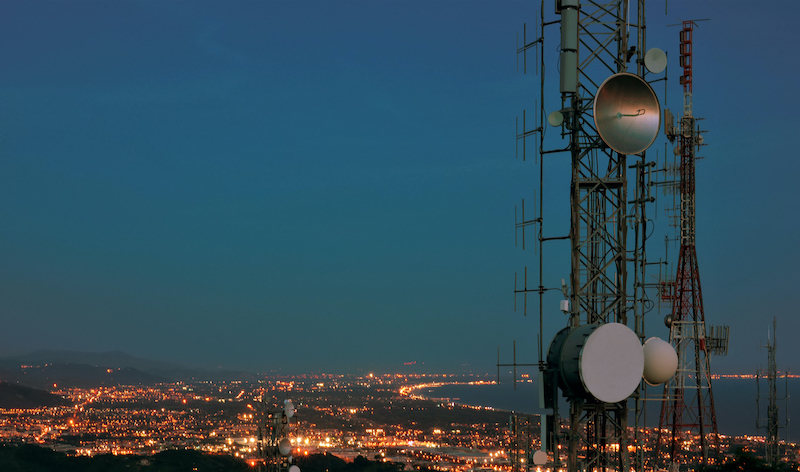Sunsetting 3G and the Rise of 5G

In today’s climate of ever-evolving technology, to stay connected to drivers and vehicle data while remaining competitive and compliant, fleet managers are always on the search for the “latest and greatest” technology to help meet those goals. For 2021, that technology is 5G.
With 5G networks beginning to roll out nationwide, cellular providers have to free up as much bandwidth as possible to accommodate the demand for increased data and faster speeds. To that end, many providers are sunsetting, or retiring, their 3G networks in favor of 4G LTE networks. Just as ELD technology impacted fleets a few years back, 4G cellular network technology and the rise of 5G will impact fleets going forward.
The 3G sunset timeline from major cellular providers is as follows:
- AT&T will sunset its 3G network in February of 2022.
- Verizon 3G sunset for commercial and government fleet customers will occur at the end of 2022.
- T-Mobile has not confirmed their 3G sunset date, but most industry pundits predict it may be as early as the end of 2021.
Time to Transition
A recent report from global research and advisory firm, Gartner Inc., estimated that in the U.S., there are 7.5 million Internet of Things (loT) devices based primarily on 3G in use across all types of fleets. By considering those numbers, starting the transition process to 4G sooner than later can help a business avoid a probable eleventh-hour stampede, possible equipment shortages from vendors, and a shortage of skilled technicians for installation.
In order to get the 4G transition plan process rolling, there are business considerations to address, including:
- Your budget for the transition
- An inventory of devices/vehicles currently using 3G
- Appointing a person within your organization to oversee the transition
- The possible impact the transition may have on business stability
- Scheduling time for hardware installation
Additionally, there are questions about your transition plan you’ll want to discuss with your provider, including:
- What hardware needs to be replaced?
- What are the costs?
- What is the timeline for device replacement based on business size and application?
- What steps will be in place to ensure the process is completed on time?
- What support is offered?
- What about scalability?
Great Expectations
By sunsetting 3G networks, network operators can provide faster and more reliable 4G networks and lay the groundwork for the future of 5G. Upgrading from 3G to 4G offers fleet managers and drivers a host of improved network capabilities that allow for more insightful data, increased remote monitoring, greater efficiency, and greater connectivity. These 4G network capabilities include:
- Extended network coverage
- Higher bandwidth and data speeds
- Wider coverage range
- Improved network reliability
- Greater compatibility with the latest technology
While 4G delivers fleets numerous benefits, look to 5G networks to transform fleets by providing even faster response times, improved connectivity, and system capacity. Key 5G benefits for fleet managers and drivers include:
- Improved communication between drivers, managers, and customers with more responsive networks.
- Better safety with sensors that help drivers stay in their lane, avoid collisions, and automatically call emergency services when an accident occurs.
- Improved maintenance with advanced capabilities that require faster transmission between parts and software for real-time diagnostics.
- Real-time V2V applications that can help reduce accident numbers and their severity.
Each vehicle in the fleet will have the ability to share data on routes, speed, and traffic, making every vehicle in the fleet responsive to its surroundings.
We’re always learning more about the potential of 5G networks and the possibilities 5G will bring. As with any new technology, there will be a learning curve for both 4G and 5G as fleets adapt to the technology. But that said, adapting and embracing the technology and its benefits and possibilities is much wiser than playing catch up while other fleets leave you in the dust.